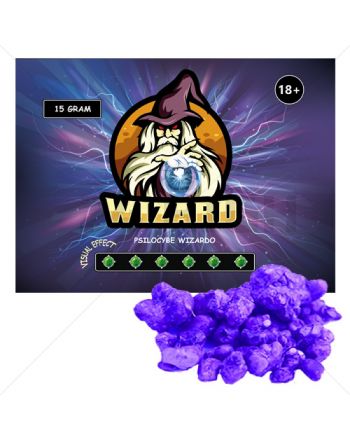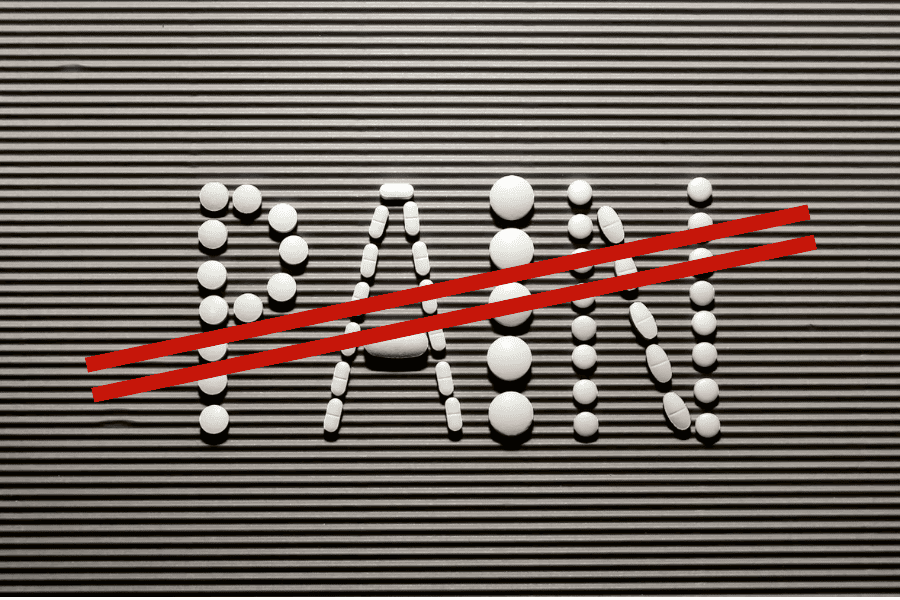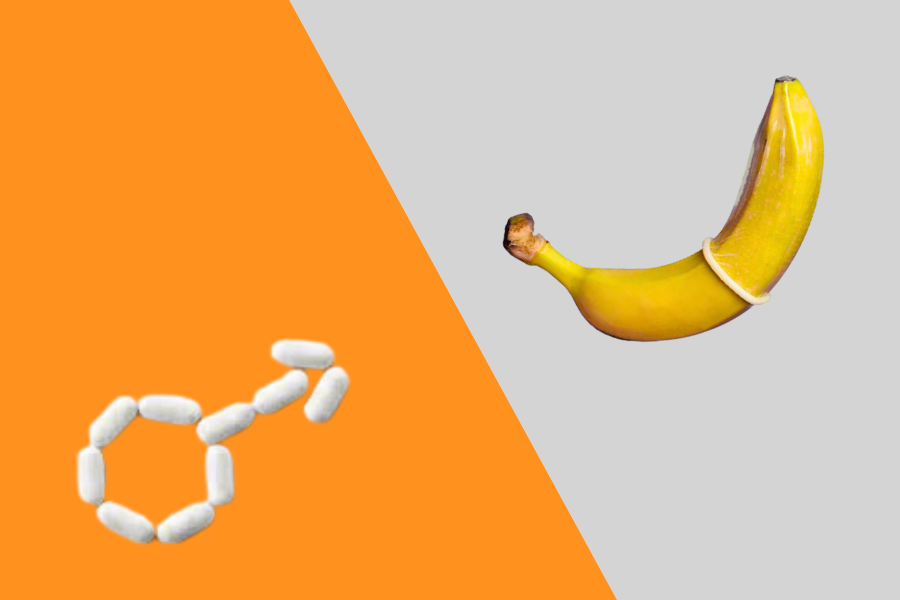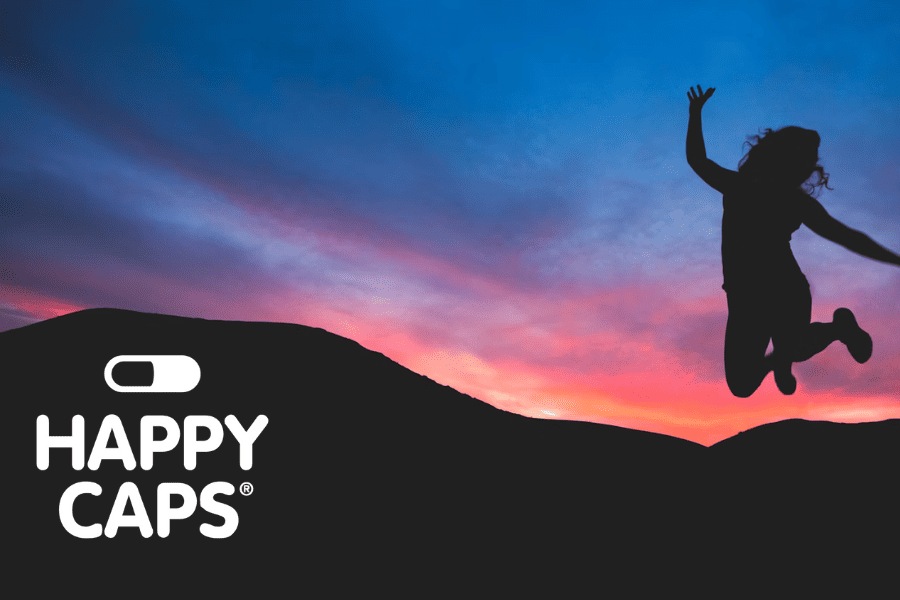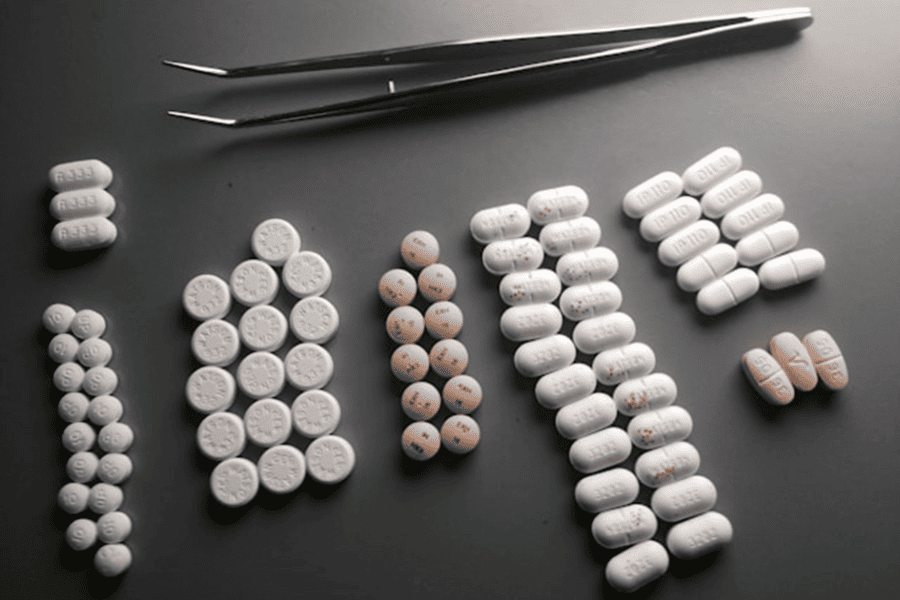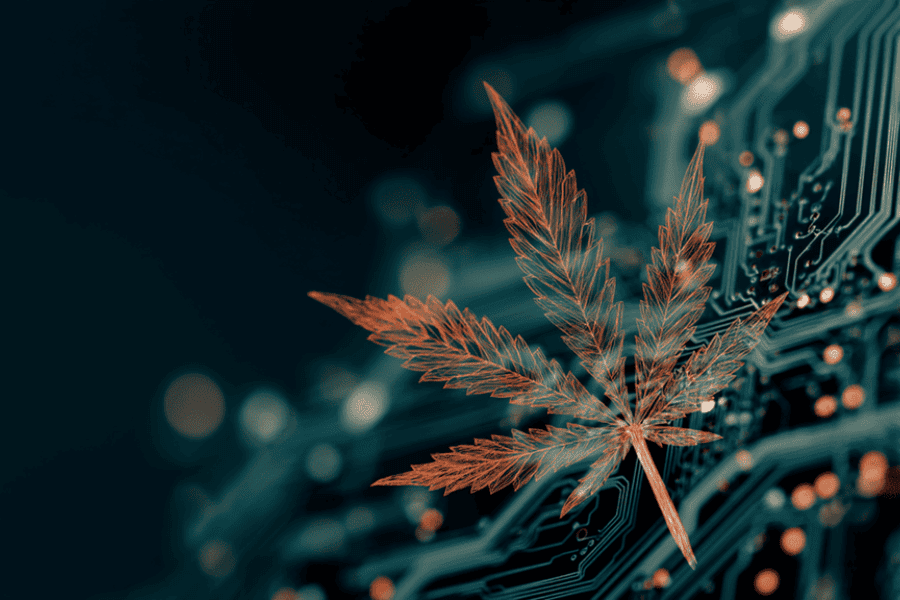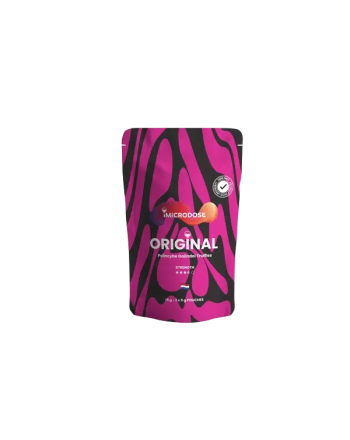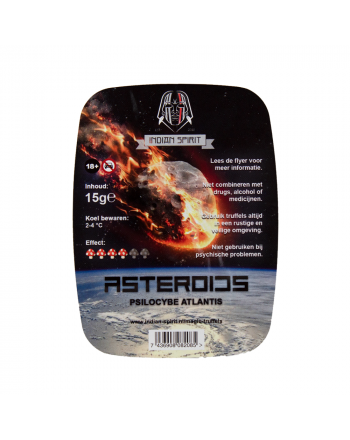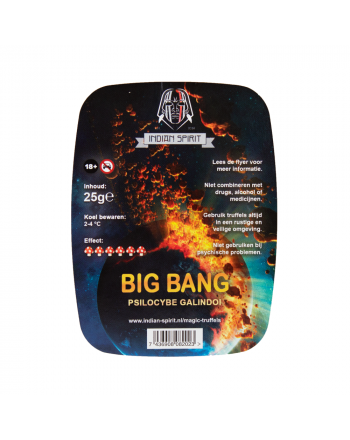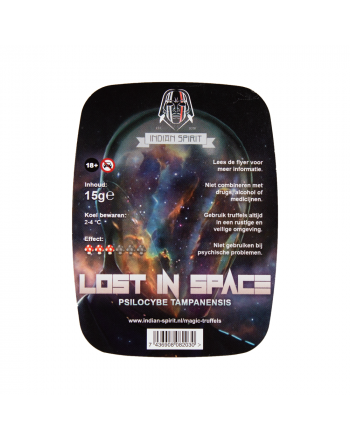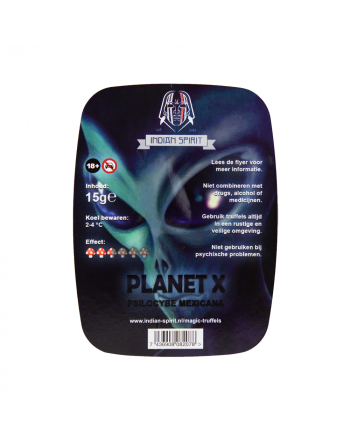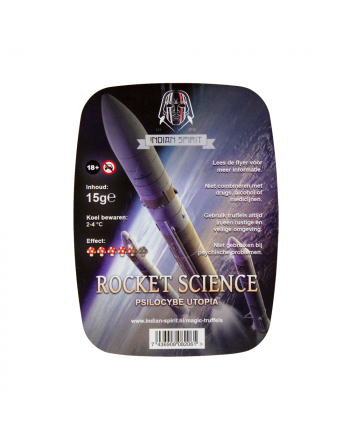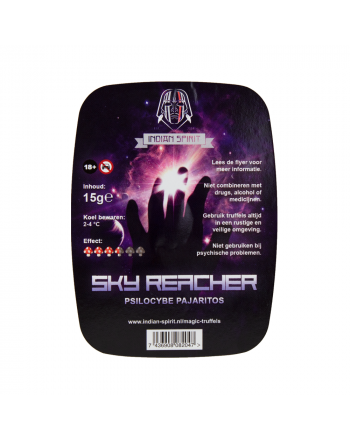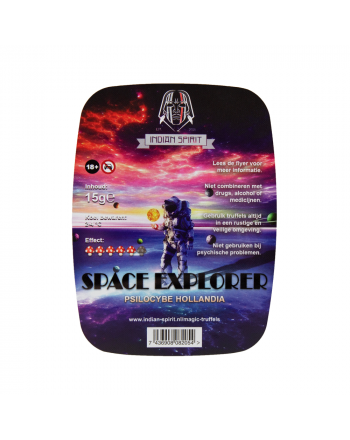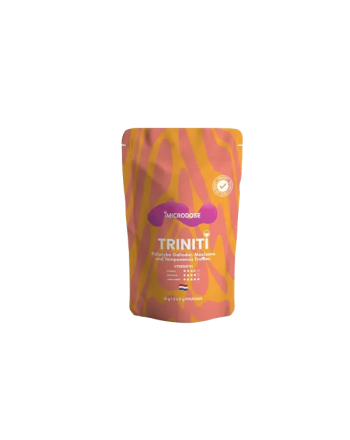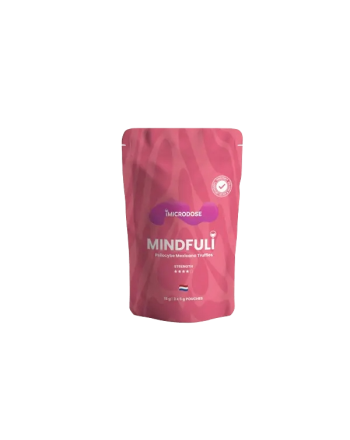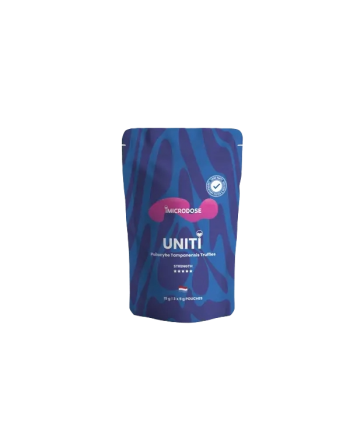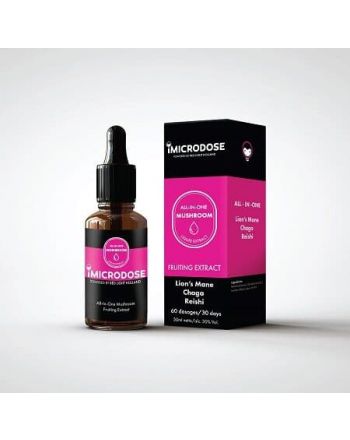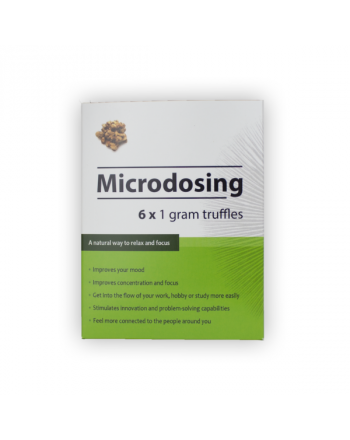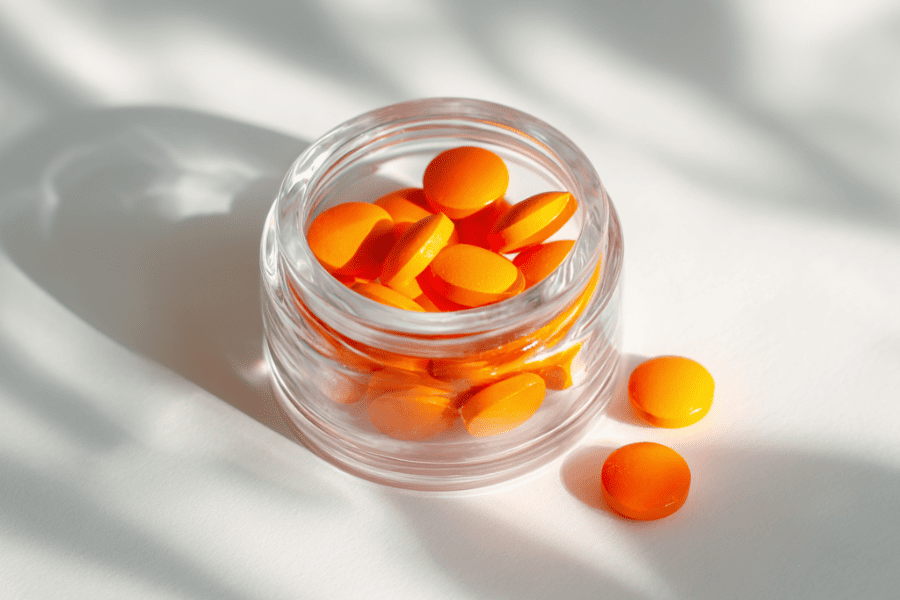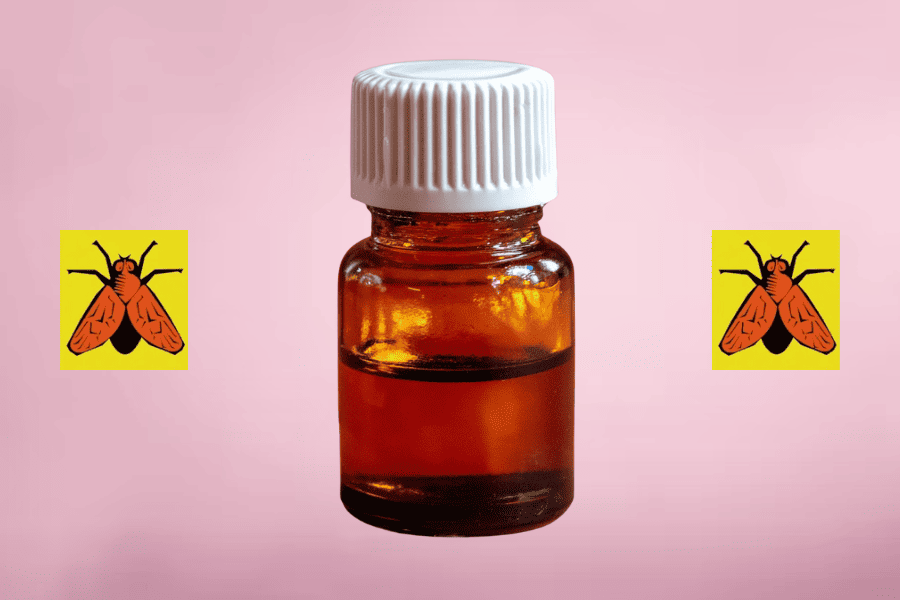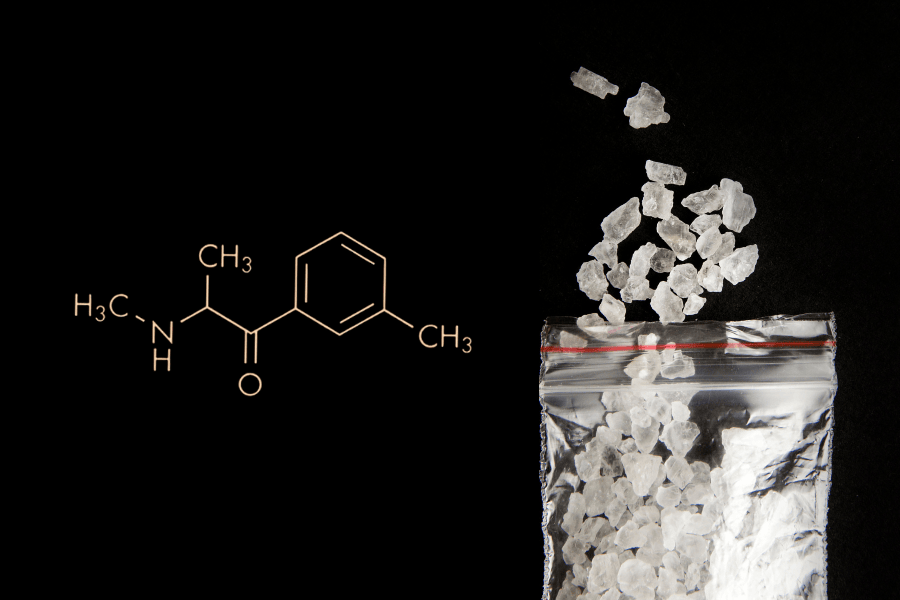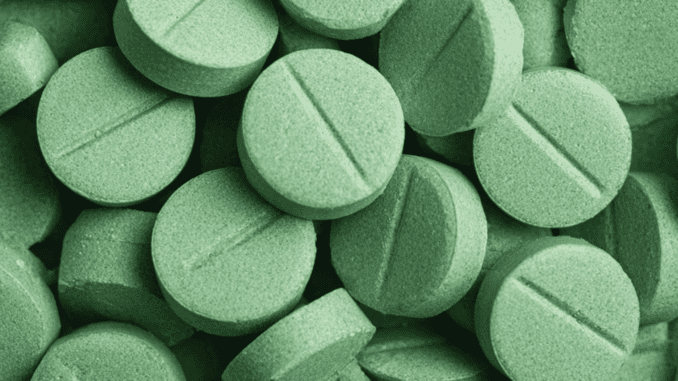What is microdosing?

Microdosing is the ingestion of very small amounts of certain substances to experience subtle effects without undergoing a full hallucinogenic experience. This phenomenon has become increasingly popular in recent years, especially among people focused on self-improvement, creativity and mental performance. By microdosing, users hope to gain benefits such as improved concentration, increased creativity and a more positive state of mind. Although not much scientific research has yet been done on microdosing, anecdotal experience suggests positive effects. It is important to emphasize that microdosing is not intended as a replacement for regular medication. Want to learn more about the benefits of microdosing and exactly how it works? Then read on in the blog below!
What is microdosing?
Microdosing refers to the regular intake of minimal amounts of psychedelic substances, such as LSD (lysergic acid diethylamide) or psilocybin (the active ingredient in mushrooms). You take around 5-10% of a normal dose. The idea is to keep the dose so low that it doesn't cause strong hallucinogenic effects but still has sub-perceptual effects on mood, perception, and cognitive functions. Sub-perceptual sounds fancy, but it's not. Think of it as the word 'subtle.' You notice subtle effects that don't necessarily come to the mental or physical foreground, in other words: you don't trip.
How does microdosing work?
Psychedelics affect the serotonin receptors in our central nervous system, particularly the 5-HT receptors, which play an important role in our digestion, mood and thought processes. Consuming a small dose of a psychedelic can stimulate the brain, improving cognitive functions. Through this subtle interaction with the serotonin systems, users can potentially benefit from increased creativity, improved focus and a more positive state of mind. This phenomenon has led to growing interest in microdosing as a way to optimize mental performance without experiencing the intense hallucinogenic effects of higher doses.
What is microdosing good for?
Many people practicing microdosing claim that it helps them to create:
- Enhanced presence
- Increased focus
- More energy
- A better emotional connection with people
- More creativity
- Increased awareness
- Clearer thinking
- A more positive mood
- Increased problem-solving ability
Which substances are used in microdosing?
Research has shown that some substances are certainly safe to use in microdosing, such as psilocybin, LSD, mescaline, and B. Caapi. Microdosing with truffles and mushrooms is relatively safe. Read more about microdosing with truffles here. We offer specific truffles suitable for microdosing. Click on this link to see the range of truffles. The effects of some substances have not been well studied, but they are likely suitable for microdosing as well: cannabis, LSA, Ibogaine, and salvia divinorum. Learn more about salvia divinorum and get your microdose today!
Which substances should not be used for microdosing?
Some people experiment with non-psychedelic substances for microdosing, but this can be risky because of the toxicity of these substances. Taking microdoses of substances such as MDMA, amphetamines, cocaine, heroin, coffee, sugar, alcohol and nicotine often does not produce beneficial effects and can even be harmful. Unlike psychedelics, which interact with the brain in a specific way, these substances can cause unwanted side effects and health risks, which is why microdosing with these substances is not recommended. It is important to be well-informed about the effects and risks of each substance before deciding to experiment with microdosing.
Is microdosing dangerous?
Since you're taking only a microdose of a psychedelic substance, the risks are also much smaller. However, you need to take the substance more frequently to perceive the effects. This leads to the following possible risks:
- Heart issues, but with a regular break of 1 to 2 weeks, this risk would be significantly reduced.
- Existing psychological issues can worsen, such as anxiety.
- Microdosing requires precision, so there's a chance you might take more than intended.
- It can be dangerous when combined with other drugs or medications.
Experiences with microdosing
There is already research available on microdosing, but more research is needed for further clarity. Some people claim that a placebo effect causes the effects of microdosing, but previous research by Dr. James Fadiman actually indicates mental, physical, and emotional improvements in the subjects. Read more about Fadiman's research in his book.
Related Posts
